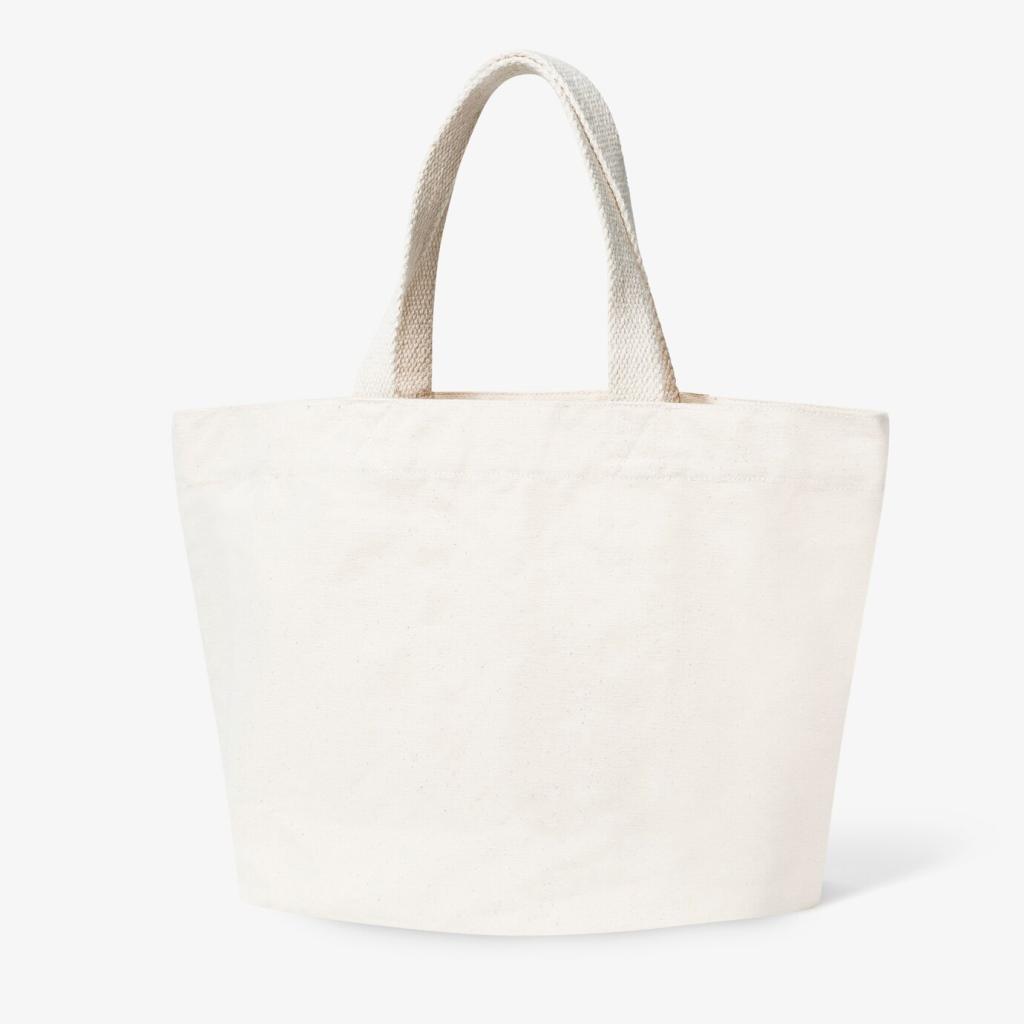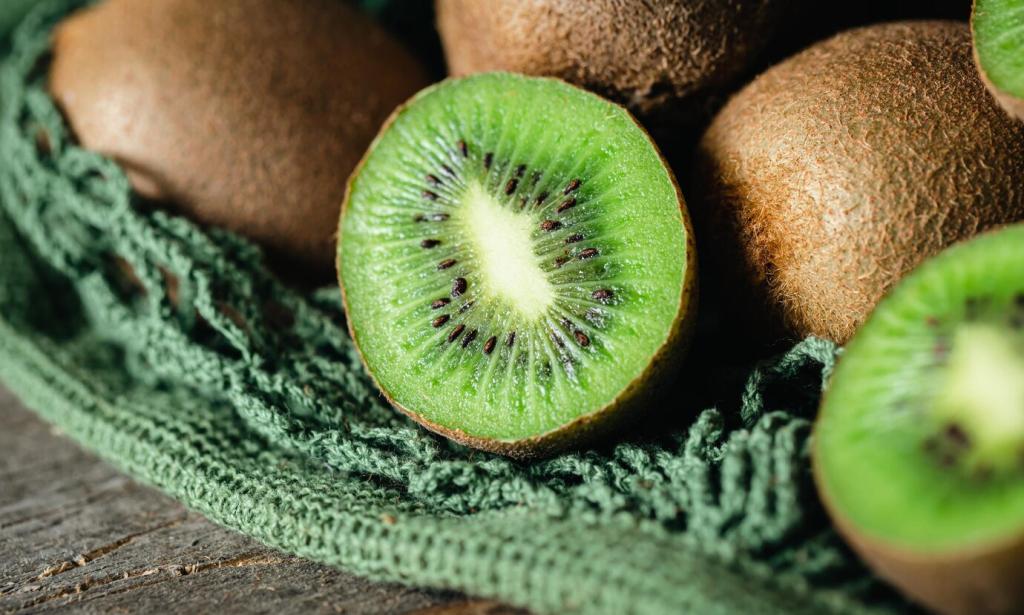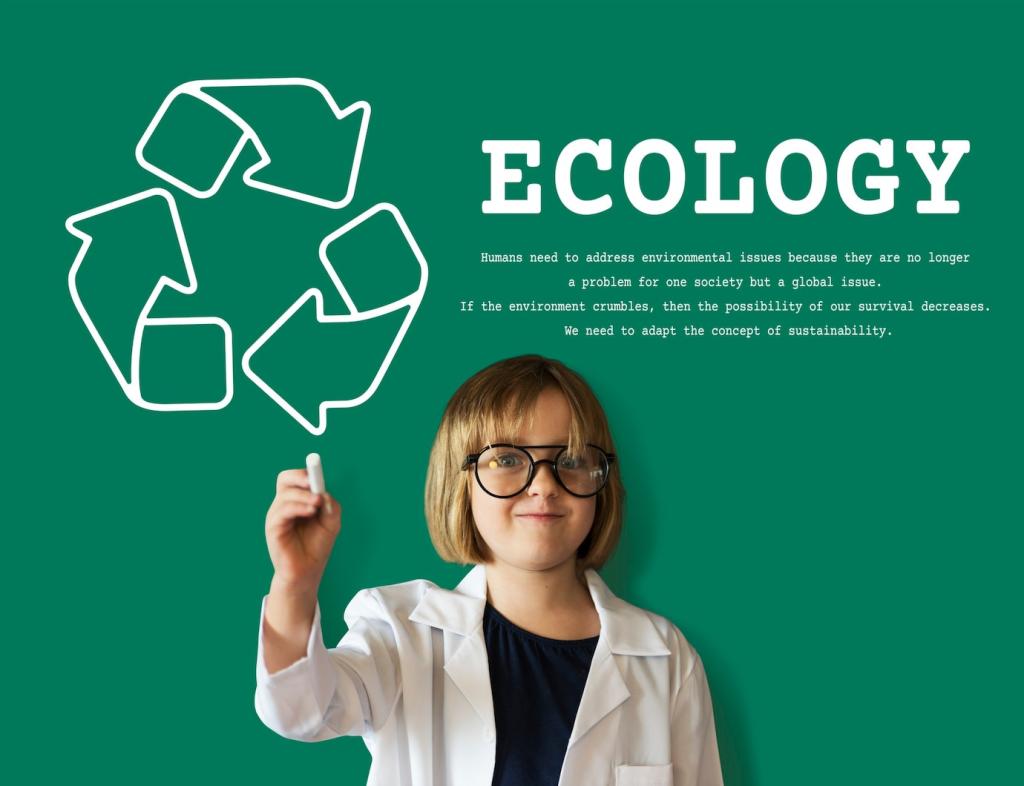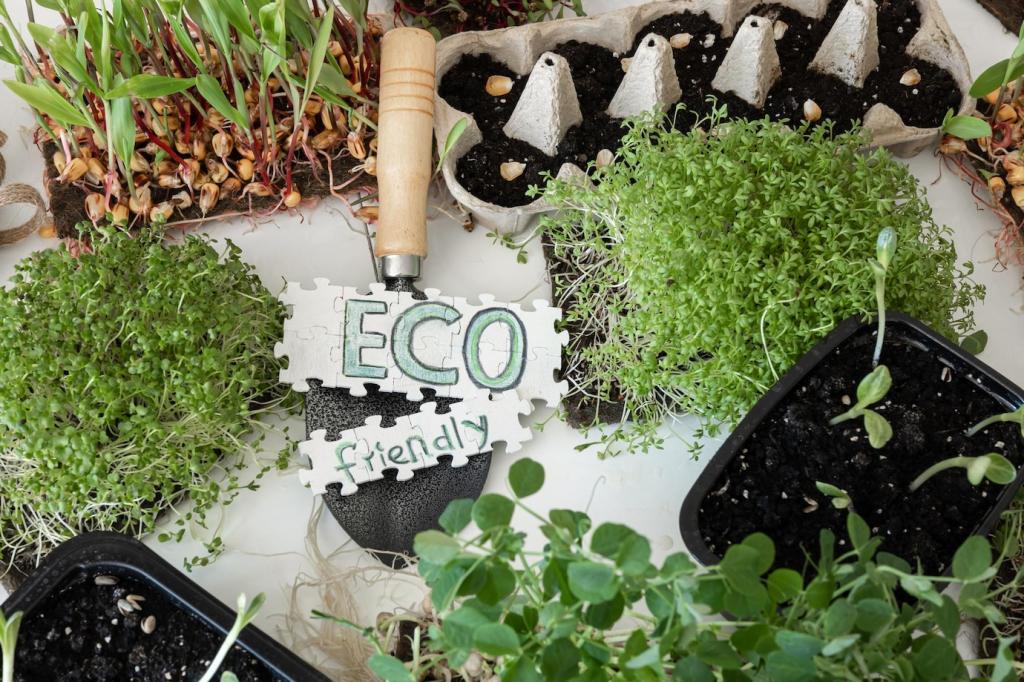
Innovative Green Materials for Home Interiors
Chosen theme: Innovative Green Materials for Home Interiors. Step into a home where beauty, performance, and planet-friendly choices meet. Explore inspiring ideas, practical guides, and real stories, then subscribe and share your own projects to help others design healthier, lower-carbon spaces.
What Counts as a Green Material Today
From Agricultural Waste to Beautiful Surfaces
Imagine countertops pressed from recycled paper, tiles made with reclaimed glass, and acoustic panels grown from mycelium. Bio-based options like cork, bamboo, hemp fiber, and wool actively improve comfort by moderating sound and humidity. Share which experimental surfaces intrigue you most, and tell us where you sourced them.
Certifications That Actually Matter
Look for trusted signals such as Cradle to Cradle, FSC, GREENGUARD Gold, and Declare labels. Pair them with Environmental Product Declarations and Health Product Declarations to understand carbon and chemical footprints. If a product lacks documentation, ask manufacturers directly. Comment with your favorite verified brands so others can benefit.
Embodied Carbon Versus Operational Carbon
Green interiors reduce total impact by lowering both embodied carbon in materials and operational carbon from energy use. Choose reclaimed wood, low-cement plasters, and recycled metals to cut upfront emissions. Then pair them with efficient lighting and ventilation. Which swap lowered your home’s footprint the most? Share your before-and-after.
Case Study: A Living Room Reimagined
Walls That Breathe
We replaced synthetic paints with lime-based finishes that naturally carbonate, locking in CO2 and resisting mold. Clay plasters add gentle texture while buffering humidity for steadier comfort. Algae-derived pigments introduced serene color without harsh odors. Would you try mineral paints at home? Tell us your go-to brands and tricks.

Hemp shiv combined with a lime binder creates insulating, vapor-open assemblies that regulate humidity and sequester carbon during curing. While not structural, prefabricated panels and interior plasters add thermal comfort and calm acoustics. Have you retrofitted a room with hemp-lime? Share your drying times, finishes, and lessons learned.
Material Spotlight: Bio-Based Marvels

Low-VOC and Zero-VOC Finishes
Choose waterborne paints with GREENGUARD Gold or equivalent certification, and plant-based oils with clear ingredient lists. Allow proper curing time and ventilate well. A simple habit—open windows longer than you think you need—protects your lungs. What low-odor finishes impressed you? Share any surprises from your first week after application.

Steering Clear of PFAS and PVC
Skip stain-proof coatings with forever chemicals and vinyl products that can release problematic additives. Instead, consider wool rugs, natural rubber mats, silicone sealants, and linoleum flooring. Read technical sheets carefully, not just marketing claims. Found a PFAS-free upholstery fabric that performs? Tell us the brand and your spill test results.

Ventilation Meets Hygroscopic Surfaces
Pair balanced ventilation with hygroscopic materials like wood and clay plasters that moderate indoor humidity peaks. Zeolite-enhanced paints and activated-carbon boards can help reduce certain odors. Together, these choices support steady comfort and clearer air. How do you manage humidity across seasons? Share your best practices and sensors.
Budget and Sourcing Strategies
The greenest material is often the one already installed. Refinish hardwood, reupholster solid frames, and swap parts before replacing entire pieces. Explore salvage yards and community marketplaces. Every reuse choice avoids new manufacturing emissions. Post your favorite reclaimed finds and the fixes that made them shine again.
Transport emissions add up. Seek regional clay plasters, locally milled timber, and stone offcuts. Ask small suppliers about species, finishes, and waste streams—many will customize for you. Have you built relationships with nearby makers? Recommend artisans or mills, and tell us how local sourcing affected cost and timelines.
When contacting suppliers, request EPDs, recycled content, traceability, and take-back programs. Confirm maintenance needs and repairability to extend service life. Keep notes so comparisons are easy later. What questions unlocked the best transparency for you? Share your checklist and help others shop smarter and greener.



Carbon-Storing Interiors Go Mainstream
Expect more bio-based foams, seaweed and hemp textiles, and wood-fiber boards that lock away biogenic carbon while elevating aesthetics. Designers will pair them with mineral paints and plant-based sealers. Which carbon-storing product are you excited to test first? Cast your vote and we’ll publish the results.

Radical Transparency and Digital Passports
QR codes on products and emerging digital product passports will reveal origin, ingredients, repair guides, and circular pathways. This transparency rewards brands doing the right thing. Would better data change how you shop? Tell us which specs you most want at a glance, from VOCs to embodied carbon.
